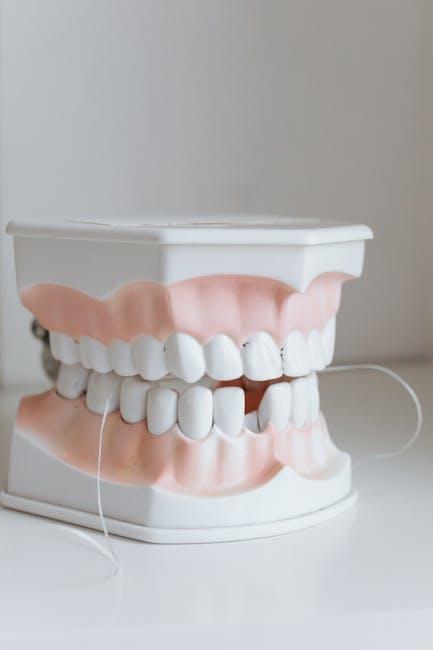
Fluoride Ban Could Create Cavities For 1 Of Every 3 U.S. Kids
By U.S. News & World Report
Introduction: Why Fluoride Matters in Children’s Dental Health
Fluoride has long been a cornerstone of dental health initiatives in the United States, credited with dramatically reducing tooth decay in children and adults alike. However, recent debates and proposed bans on fluoride in public water systems pose a significant risk.
According to experts from U.S. News & World Report, eliminating fluoride could lead to cavities in 1 out of every 3 U.S. kids. This article explores the consequences of a fluoride ban, its impact on children’s oral health, and practical strategies for maintaining strong teeth without it.
The Role of Fluoride in Preventing Cavities
Fluoride is a naturally occurring mineral proven to prevent tooth decay by strengthening tooth enamel and making it more resistant to acids produced by bacteria in the mouth.
- Enhances enamel remineralization
- Reduces acid production by harmful oral bacteria
- Slows down or reverses early tooth decay
- Widely used in toothpaste, mouth rinses, and public water fluoridation programs
Decades of research show community water fluoridation is safe, effective, and affordable – considered one of the top public health achievements of the 20th century.
Potential Consequences of a Fluoride Ban
Public health officials warn that banning fluoride could have severe, measurable effects on children’s dental health:
- Increase in cavities: Studies estimate a 33% rise in childhood tooth decay without fluoride.
- Dental health disparities: Vulnerable populations with limited dental care access would suffer disproportionately.
- Higher dental costs: Families and healthcare systems might encounter soaring treatment expenses due to preventable decay.
Below is a summary of the projected impact of fluoride removal on cavity prevalence:
| Age Group | Current Cavity Rate (%) | Projected Rate Post Fluoride Ban (%) |
|---|---|---|
| Children (6–11 years) | 20 | 27 |
| Adolescents (12–19 years) | 25 | 33 |
| Younger Kids (3–5 years) | 15 | 20 |
Benefits of Fluoride You Should Know
Understanding the vital benefits of fluoride can help families make informed decisions:
- Cost-effective cavity prevention: Each dollar invested in water fluoridation saves an estimated $38 in dental treatment costs.
- Safe for all ages: Recommended by the American Dental Association and the CDC for use in children and adults.
- Non-invasive prevention: Unlike fillings or extractions, fluoride strengthens teeth without discomfort.
- Equity in oral health: Protects communities with limited access to dental care.
Expert Opinions & Case Studies
Dr. Lisa Martinez, a pediatric dentist from Boston, remarks, “Fluoride has been instrumental in improving children’s dental health nationwide. Removing fluoride would likely reverse these gains and increase healthcare disparities.”
Case studies from cities that ceased fluoridation show a measurable rise in cavities within 5 years. For example:
- Portland, Oregon: After stopping fluoride in 2013, the city’s childhood cavity rates increased by 15% within 4 years.
- San Francisco, California: Saw a similar pattern, with dental costs for children rising steeply post-ban.
Practical Tips to Prevent Cavities Without Fluoride
If your community faces a fluoride ban, consider these strategies to safeguard your child’s teeth:
- Brush twice daily with fluoride toothpaste: If fluoride toothpaste is restricted, speak to your dentist about alternatives and supplements.
- Maintain a balanced diet: Limit sugary snacks and drinks that increase cavity risk.
- Regular dental checkups: Early cavity detection prevents complications.
- Use dental sealants: Protective coatings applied to teeth reduce decay risk.
- Encourage drinking tap water: Tap water provides essential minerals even if fluoride is removed.
Conclusion: Protecting Our Children’s Smile in the Face of a Fluoride Ban
A fluoride ban in the U.S. would put millions of children at increased risk of cavities, reversing decades of progress in public dental health. While debates continue, families and communities must remain vigilant and proactive in dental care.
Emphasizing education, prevention, and community advocacy can ensure that children maintain healthy smiles even amid challenges to fluoride availability.
Stay informed, consult dental professionals, and support public health measures proven effective against cavities.


